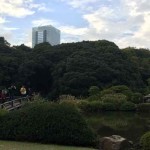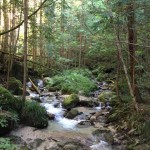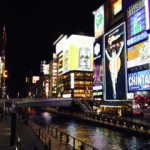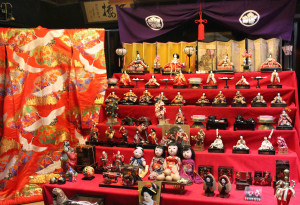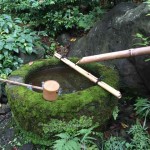
In a Japanese garden, green moss is one of the most important components. It is a symbol of smallness of a human being in contrast to the great nature and the flow of time, as it takes long period of time for moss to cover the entire rocks or ground. Therefore grown moss tells us the shortness of a human life and is a good sign to correct the arrogance of human beings.
As you may know, values of Japanese are strongly related with Shinto and Buddhism. Shinto, the oldest Japanese religion, worships the great nature and does not intend to control the nature. Buddhism, which also deeply influences on our way of thinking, tells Read More

